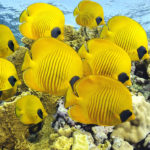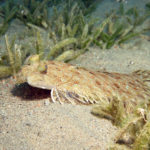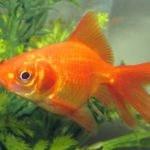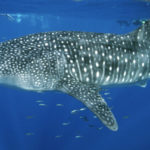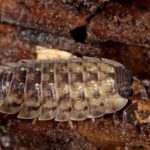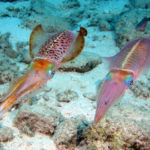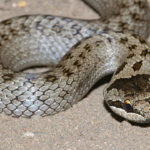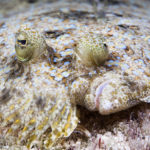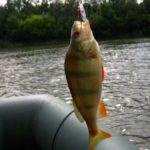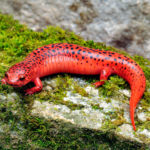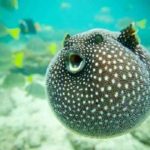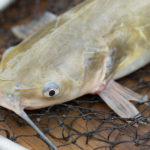Catching loach
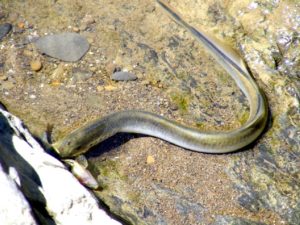 The loach is the main representative of a small group of fish, which can be distinguished by an elongated body, covered with fine and smooth scales, and in some cases a complete absence of it, small eyes, weakly isolated gill openings, as well as filamentous tendrils.
The loach is the main representative of a small group of fish, which can be distinguished by an elongated body, covered with fine and smooth scales, and in some cases a complete absence of it, small eyes, weakly isolated gill openings, as well as filamentous tendrils.
According to the data, as well as some other signs of the structure of the body of the loach, belong to the family “Cobitidae”. Loach – are freshwater fish belonging to the order carps. The average length is from 15 to 18 cm, some species grow to 30 cm.
Among the habitats, the loach prefers ditches and swampy rivers, rivers with standing and slow currents, creeks and other bodies of water with a bottom covered with silt. This preference is due to the fact that the loach practically lives in the silt extracting feed from it in the form of river mollusks, various larvae and worms. . Often the loach can be found in reservoirs where other freshwater species are completely absent. Due to the high susceptibility to weather, the loach often rises to the surface before a rainstorm or thunderstorm.
Catching loach is not particularly difficult. From the gear you should choose a fishing rod with a light float and small hooks, which can easily be explained by the small size of this species. The sinker is adjusted in such a way that the bait is at the very bottom. Most willingly the loach pecks at the worm, although in rare cases it is possible to catch a particularly unreasonable individual on a bare hook. Also common is the method of “trampling on loaches.” In this method, among the vegetation, a basket is placed in the direction to which the fish are “trampled” – driven out of the sludge in the direction of this simple device.
The activity of the bite does not depend on the time of day, although it is preferable to catch from sunset to dark. From the seasons it is preferable to catch the loach in the summer or spring. In winter, fishing is very difficult and, as a rule, is not done with a bait. Before fishing it is recommended to clean the chosen place from sludge and algae.
When poklevke float trembling rapidly, then going to the side, then plunging into the water. It is better to start the cutting after a small amount of startling of the float. Vyun breaks down not often. Keep the catch in a fine mesh which is partially lowered into the water. In transit, the fish is placed in a container with water. With periodic change of water in the tank, the loach can live long enough.
Due to its “vitality” – on the hook it can sit out for more than a day and the small size of the loach is a wonderful bait when fishing for pikes, large catfish and burbot.
Among the shortcomings of this type, it is possible to single out strength, vigor and increased “slipperiness”. It is very difficult to hold it in hands, let alone to hook it on a hook.

